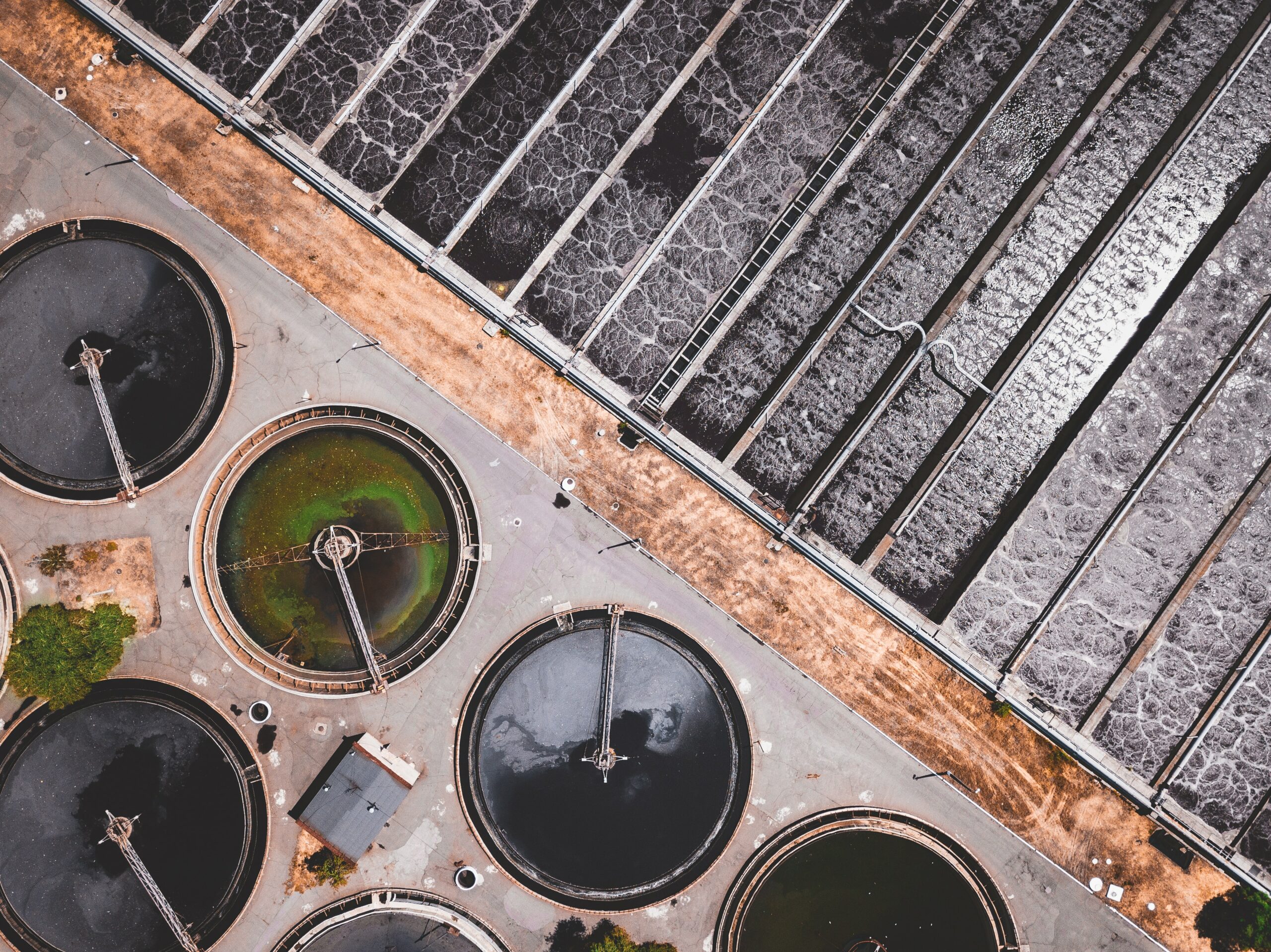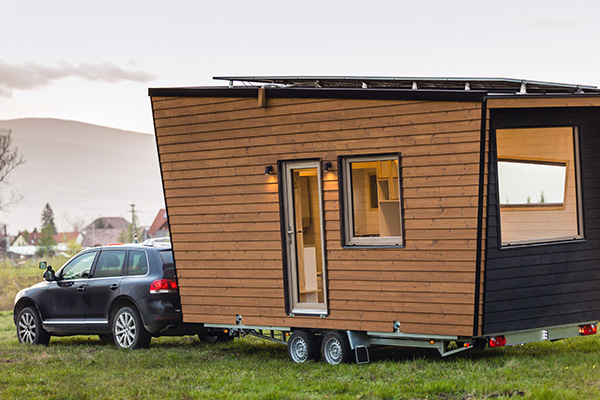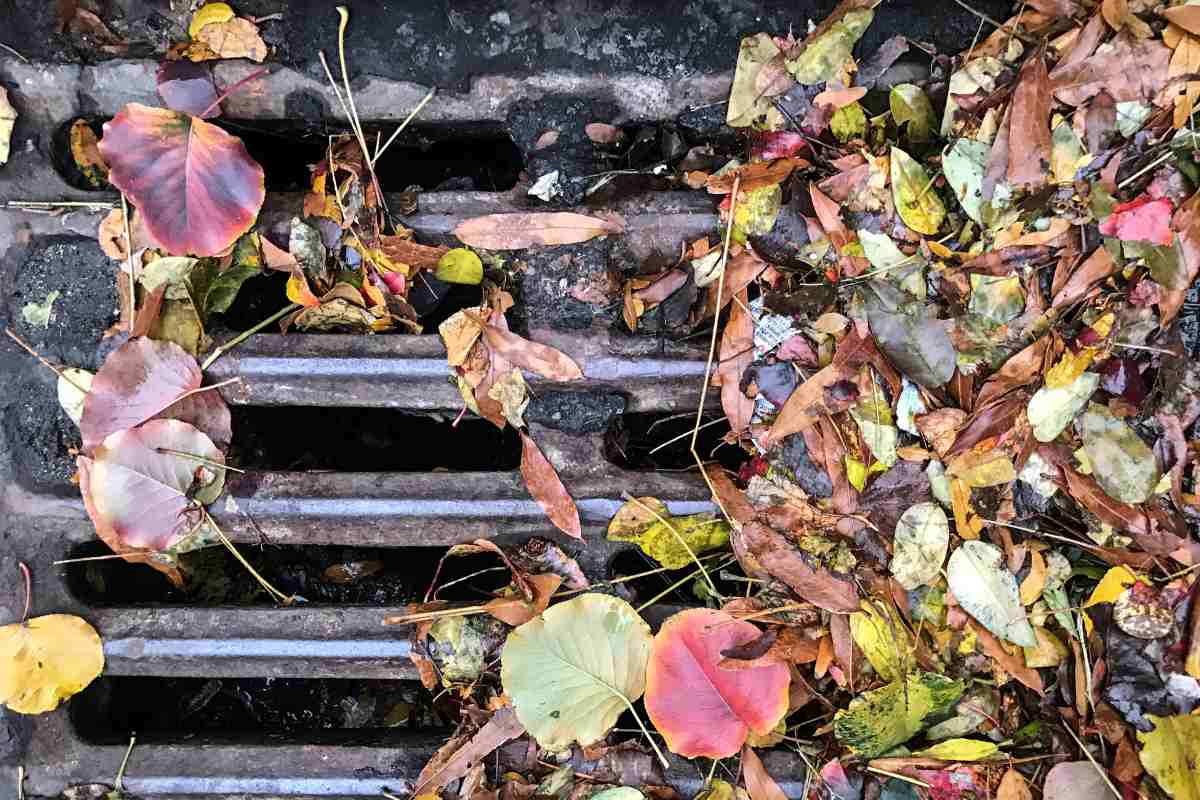So, you’ve decided to install a bidet in your bathroom, but before you
dive in, there’s an essential requirement you shouldn’t overlook – a backflow
prevention system. In Tauranga, the City Council mandates this as a crucial
step in bidet installation to safeguard your water supply.
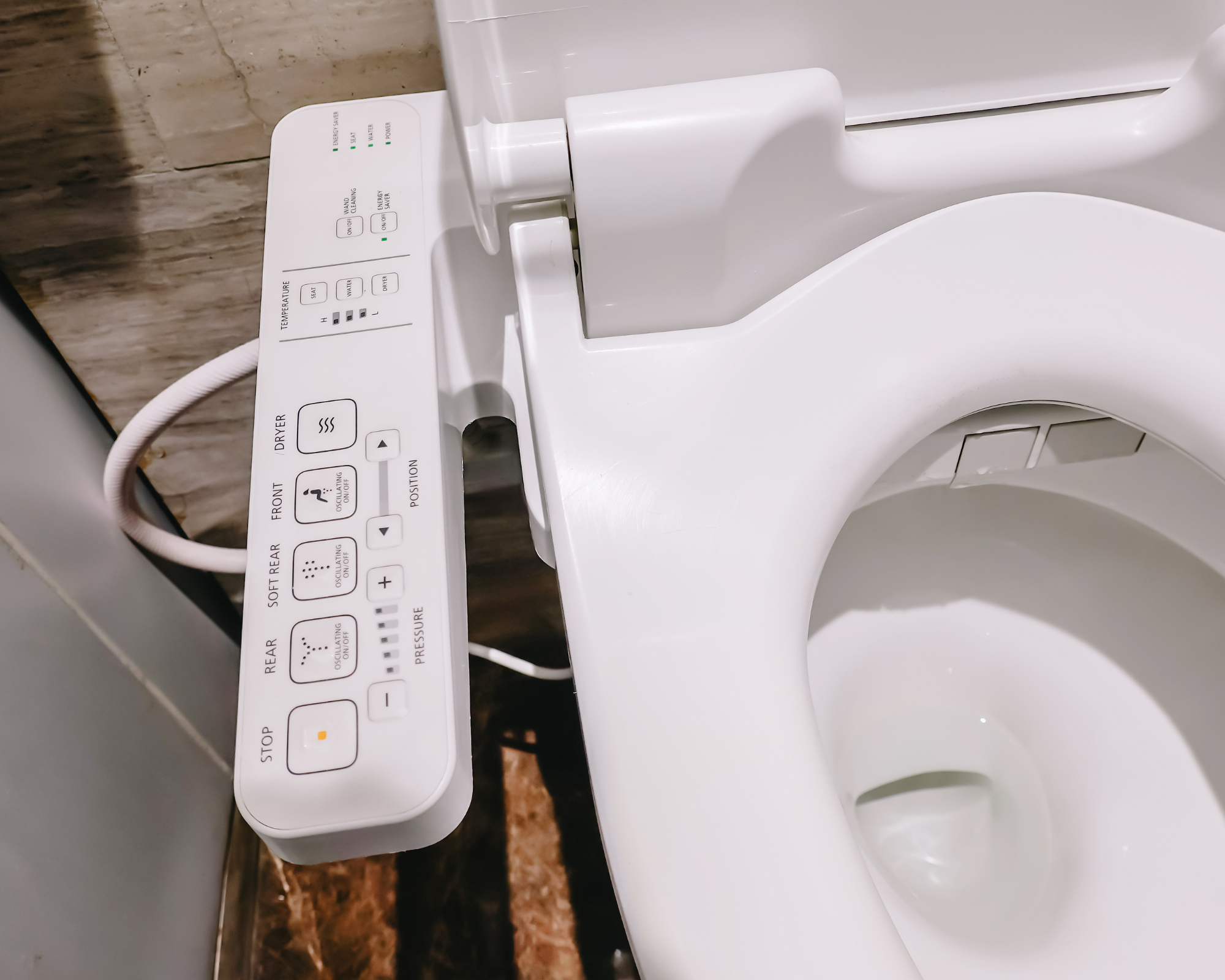
Understanding Backflow Prevention:
A backflow prevention system is put in place to prevent contaminated water from flowing back into the public water supply. In most cases, an RPZ (Reduced Pressure Zone) backflow device is installed when connecting a bidet to the water supply. Compliance with backflow prevention requirements is not an option; it’s a must, as mandated by the Building Act 2004, the Health Act 1956, and the Health (Drinking Water) Amendment Act 2007.
Key Points About Backflow:
1. The Health (Drinking Water) Amendment Act 2007 grants Tauranga City Council the authority to enforce backflow prevention at property boundaries, regardless of whether the hazard is a recent development or has historical roots.
2. Backflow incidents can be triggered by a variety of factors, including mains breaks, malfunctioning pressure control valves, or the fire service drawing water from the network for firefighting purposes.
3. Elevated water pressure on the property side of the connection can lead to reverse flow, potentially compromising the network’s integrity and water quality. This risk can stem from on-site pumped systems like bore pumps, wastewater pumps, or certain equipment such as furnaces and burners.
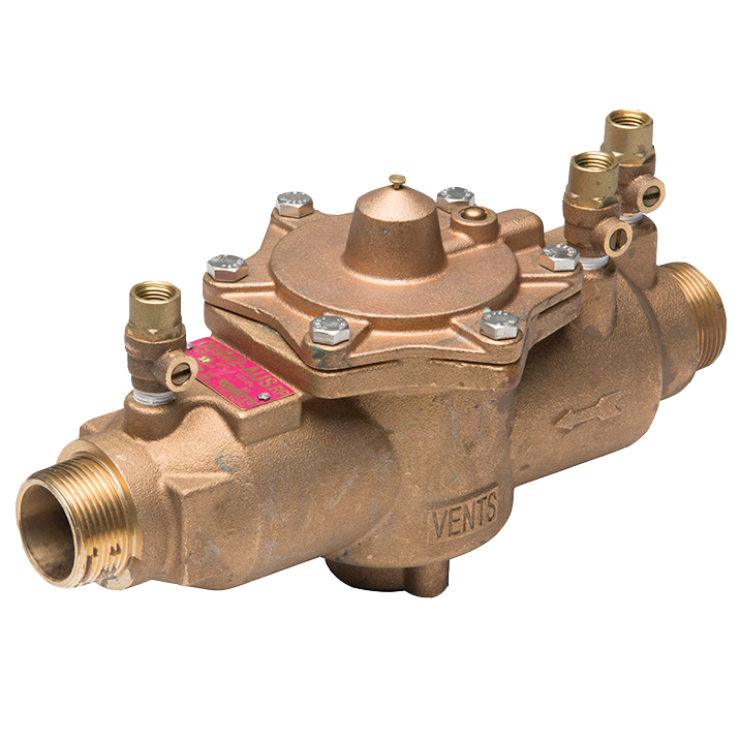
Tailoring Protection to Specific Applications:
The level of backflow protection required can vary, depending on the potential hazards. Here are some examples:
· For swimming pools and in-ground irrigation systems, a Testable Double Check valve is essential.
· High-risk environments like hairdressing salons, OSET wastewater systems, and home-based mortuaries necessitate the installation of a Reduced Pressure Zone device.
· Commercial and industrial properties, where the risks are amplified, should be equipped with Reduced Pressure Zone devices for the highest level of protection.
Recommended Devices by Risk Level:
· Low Risk: Dual Check valve
· Medium Risk: Testable Double Check valve
· High Risk: Reduced Pressure Zone device
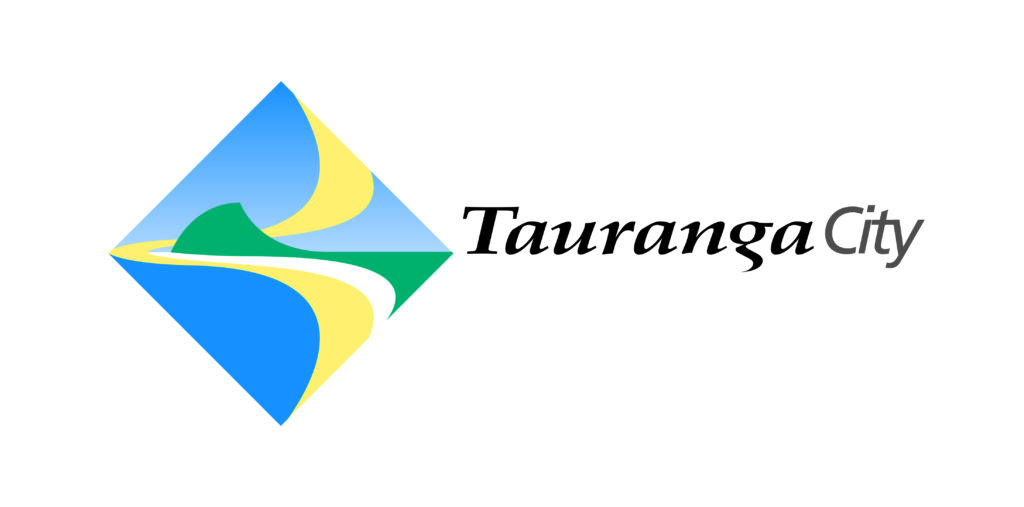
Compliance with Council Policy:
Take note of Tauranga City Council’s proactive stance on backflow prevention. They often install dual check valves for low-risk protection in residential properties and opt for Reduced Pressure Zone devices in commercial and industrial settings to ensure high-risk protection.
Electrical Considerations:
If your bidet features electrical components like heated seats or electronic controls, remember that electrical work must be carried out by a licensed electrician, adhering to New Zealand’s electrical safety standards. This ensures the safety and compliance of your bidet’s electrical system.
Qualified Plumber
Bidet and backflow devices must be installed by a qualified and licensed plumber.
If you want to install a bidet, contact JT Plumbing & Gas to ask for a site visit. Our team are highly knowledgeable and happy to help.
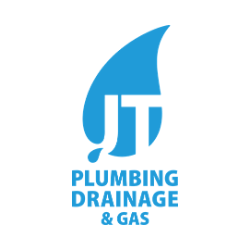
To install a bidet, you must install a new backflow prevention device at the boundary, more specifically an RPZ device. Given this is a change to their boundary point of supply assets (i.e., the meter/toby, etc.), this needs to be captured in the Service Connection Application (SCA) process. This allows the council to capture the new assets’ information, etc., and take it on as a new asset to be inspected and maintained. All the necessary information is available on the following link: Service Connection Application (SCA).
P.S. You won’t want to drink toilet water! For specific Bidet recommendations, ask for Clear at Harrison Bloy Tauriko.

